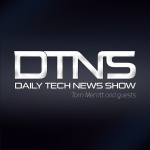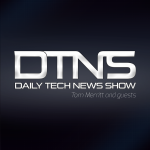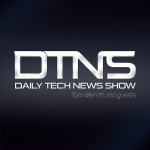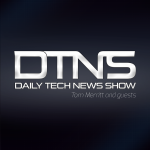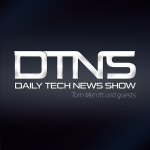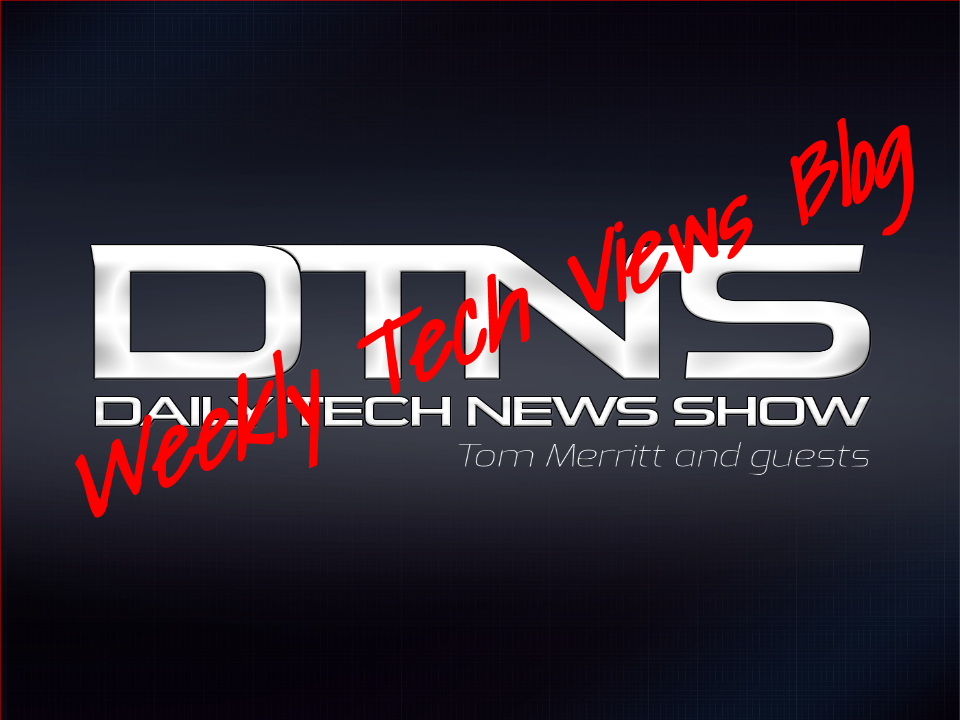
Real tech stories. Really shaky analysis.
Only one thing heightens the romance of Valentine’s weekend more than lovingly reciting tech news to your significant other, and that’s reciting badly-analyzed tech news. Tell your sweetheart to brace themselves…
For the week of February 8 – 12, 2016…
Now What Do We Do With All These Shoeboxes?
Google apparently has plans to offer a more substantial version of their Google Cardboard VR device, with a headset made of plastic. This move would skip right over the rumored straw edition. Future premium upgrades Google Wood and Google Brick are still on track. This in no way affects work on the super-economy version Google Wet Paper Bag.
And One Guy Who Blew Off Work In Case Coldplay Did “Viva La Vida”
Super Bowl 50 set a record for Super Bowl streaming views, with a total of 315 million minutes, an average of 1.4 million people per minute. Viewers were split pretty much as expected–10% Panthers fans, 15% Broncos fans, and 75% Beyonce worshippers.
We Recommend Grape With Meat, Cherry With Fish
Amazon Japan has a sommelier (French for “without me, you wouldn’t know a good wine from a bottle filled with melted grape popsicles”) service which will recommend a wine based on your planned meal and budget and then have it delivered to you. I’d like to assume he delivers it personally, hangs around while I do the whole cork-sniffing, sip-swishing routine that I saw somebody do in a movie, waits for me to nod awkwardly so he can facetiously fawn over my exquisite taste like he’s dealing with James Freaking Bond, pockets the ridiculously extravagant tip I give him in a futile attempt to look cool, and returns to the Amazon warehouse where he swaps his tux for sweats and melts some more grape popsicles for the next rube.
There Are No Non-Users, Just Friends That Haven’t Signed Up Yet
Facebook has been given three months by the French government to stop tracking non-users via the use of cookies. This after the French rejected Facebook’s proposed compromise of providing government officials a “People We May Have Tracked” section in their News Feed.
Look, I’m Not Saying You Have To Dream About Me Or Anything…
Twitter has gone ahead and pulled the trigger on its rumored timeline changes. The first dozen or so tweets–if you decide not to opt out of the feature–will now be presented according to how many times the letter P appears. Well, probably not. More likely, you’ll see tweets from people you interact with most. The folks at Twitter aren’t revealing the algorithm, but have referred to the new feature as While You Were Away 2.0.
Okay, fine, Twitter, try something new. It’s optional, so why not? There is one vital question, however, that I am stunned has not yet been addressed: Do I ever appear in anyone else’s While You Were Away section? Frankly, I don’t hold out much hope. I haven’t seen my name in my own wife’s WYWA, and I know she has favorited/liked many of my tweets (I stare at her over the top of her iPad until she does). I can’t get anyone at Twitter to confirm it, but I’m nearly certain I’m populating some undisclosed demographic’s Who You Were Avoiding section.
I’d Help Clean Up, But I Don’t Like The Way The Dishwasher’s Been Looking At Me
The government reportedly could use the “Internet of Things”–basic household devices connected to the internet and each other–for identification, surveillance, location tracking, and access to networks. I’m already longing for the good old days when I only had to hide my late night five-cheese-and-bean burrito binges from my wife,* not Homeland Security.
Jim Cramer Downgraded Them From “Buy” To “Looking For A Fight”
On Wall Street, Twitter met analysts expectations by pissing everyone off (and also by matching expected revenue of $710M).
I’m Afraid “Interferometer” Quashed The Interest “Laser” Had Sparked
The Laser Interferometer Gravitational-Wave Observatory Scientific Collaboration has confirmed a direct observation of gravitational waves, a result of two black holes merging. According to all the hubbub, this is apparently a big deal. You have to wonder, though, what this organization has been doing since its founding in 1992. Twenty-four years before getting their first result? I’m just saying, that doesn’t fly here. Sure, these Tech Views posts are hilarious,** but even I can’t say they’re worth waiting twenty-four years for. Ten, tops.
And all this time and expense for what? To prove that Einstein was right about this in 1918? How about we agree to just assume Einstein was right about everything and put this research money toward something that can really make a difference, like, say, a tech blogger retirement fund or something.
I Almost Didn’t Know That This CVS Had Two-Liter Sierra Mist On Sale!
Chrome for Android will soon start supporting bluetooth beacons. People near the beacons can access the “physical web” via notifications on their smartphones, where links provide information on one’s surroundings. A beacon might relay a nearby restaurant’s menu, sale prices at a store, or historical landmark information. Some of you may remember an early precursor to this, experienced on childhood trips to the zoo. This device was called “The Big Metal Box That, After You Stick A Big Plastic Key Shaped Like An Elephant Into It, Yells Stuff At You About The Animal You’re Looking At.” I learned a lot of important information from those boxes, most importantly that if I played the same monkey spiel three times in a row I really had to hustle to catch up to my parents, who usually weren’t much for running.
When Will People Realize That, No Matter What It’s Called, All Encryption Is A=1, B=2, Etc?
Under England’s Investigatory Powers Bill, internet firms would be banned from offering unbreakable encryption. “Unbreakable encryption? Uh, okay, if you say so. What about unicorns? Can we offer unicorns?” said a spokesman for every internet firm.
Now I Won’t Be Late For That Appointment On October 12, 733842016
Physicists in Germany have made the most accurate clock ever by using ytterbium ions (pronounced “eye-ons”). The clock would not gain or lose even a single second over several billion years, and will be ready for retail sale once leap years stop making it think it’s March 43rd.
* Fun Fact: It takes seventeen dish towels to sufficiently muffle the beeps of a microwave so they aren’t heard in our upstairs bedroom.
** Granted, you and I may define this word differently.
Okay, Valentine’s Day celebrants, I’ve supplied the sweet, sweet aphrodisiac of botched tech analysis, the rest is up to you.
Mike Range
@MovieLeagueMike

Weekly Tech Views by Mike Range is licensed under a Creative Commons Attribution-NonCommercial 4.0 International License.

